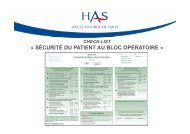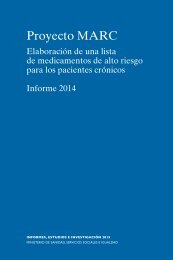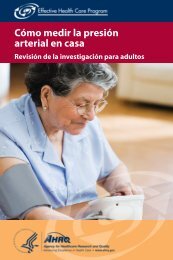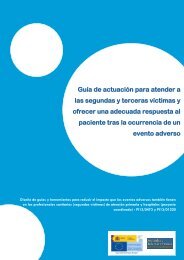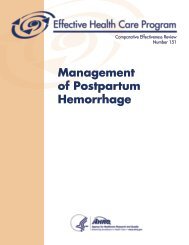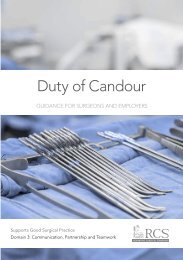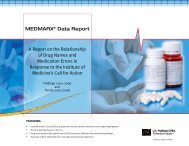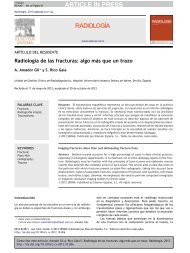for Invasive Procedures (NatSSIPs)
Z3q53
Z3q53
You also want an ePaper? Increase the reach of your titles
YUMPU automatically turns print PDFs into web optimized ePapers that Google loves.
OFFICIAL<br />
5. All patient safety incidents and near misses should be documented and<br />
reported to the organisation’s incident reporting system. These should be<br />
analysed, investigated as appropriate, and learning should be fed back to staff<br />
<strong>for</strong> continuous improvement. This should be in accordance with organisational<br />
policy, ensuring compliance with the Serious Incident Framework and Never<br />
Event Framework.<br />
6. The organisation must promote transparency and openness when near misses<br />
or patient safety incidents occur, in line with the statutory Duty of Candour.<br />
7. The organisation should ensure that outcomes of its governance activities in<br />
relation to LocSSIPs, such as audit of compliance, are disseminated to staff and<br />
commissioners.<br />
8. Each procedure team should have an identified team member responsible <strong>for</strong><br />
collating relevant briefing and debriefing documentation, e.g. reviewing action<br />
logs and sharing in<strong>for</strong>mation with local governance and management systems<br />
on a regular basis.<br />
9. There must be arrangements that promote the escalation of issues identified<br />
that may have implications <strong>for</strong> the safety of services in other parts of the<br />
organisation. Organisations must comply with local and national processes that<br />
promote the sharing of in<strong>for</strong>mation about safety issues with other organisations<br />
that provide NHS-funded care.<br />
10. The organisations that created <strong>NatSSIPs</strong> will disseminate learning from the<br />
development, implementation and audit of LocSSIPs to organisations providing<br />
NHS-funded care. Organisations should develop ways of learning from this<br />
process and should work with <strong>NatSSIPs</strong> and other groups to share best<br />
practice and learning in relation to LocSSIPs and <strong>NatSSIPs</strong>.<br />
11. When safety processes <strong>for</strong> invasive procedures are being introduced or<br />
changed, the organisation must assess the impact on compliance with these<br />
standards.<br />
4.2 Documentation of <strong>Invasive</strong> <strong>Procedures</strong><br />
Organisations must create standardised documentation <strong>for</strong> patients undergoing<br />
invasive procedures that promotes the sharing of patient in<strong>for</strong>mation between<br />
individuals and teams at points of handover, and <strong>for</strong>ms a record <strong>for</strong> future reference.<br />
This standard outlines the minimum expectations <strong>for</strong> this documentation. It<br />
recognises that the structure of the documentation can in itself contribute to safe<br />
working practices. Both electronic and paper documentation must be designed in<br />
such a way that key safety checks in the patient pathway are per<strong>for</strong>med in sequence<br />
and are documented.<br />
1. Standardised documentation <strong>for</strong> invasive procedures per<strong>for</strong>med in all areas<br />
within an organisation must ensure the recording of essential in<strong>for</strong>mation<br />
throughout the patient pathway, to include pre-procedural assessment and<br />
planning, the conduct of anaesthesia or sedation, the invasive procedure itself<br />
and post-procedural care.<br />
24



